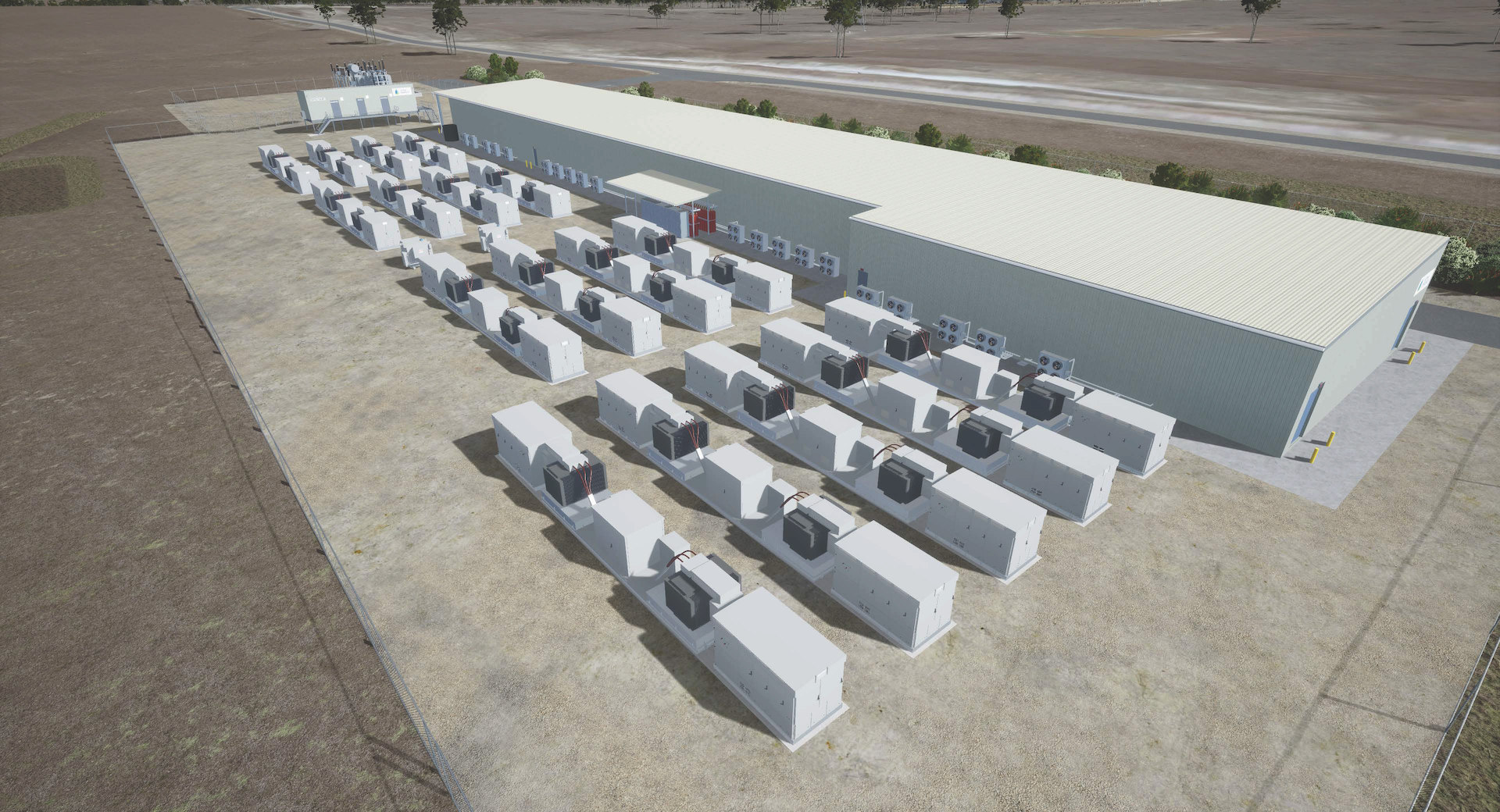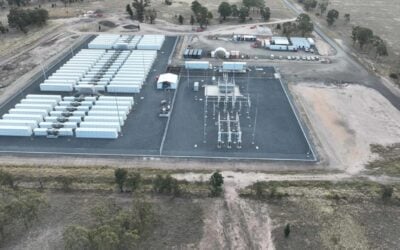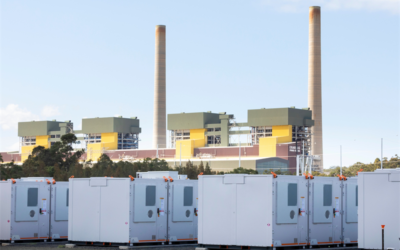
Vena Energy Australia has achieved financial close for its 100MW / 150MWh Wandoan battery energy storage system (BESS) project in Queensland and named Doosan GridTech as engineering, procurement and construction (EPC) partner.
The local arm of Singapore-headquartered independent power producer (IPP) Vena Energy, focused on renewable energy projects in wind and solar across the Asia-Pacific region, signed a 15-year contract for operational dispatch rights to the Wandoan project with major Australian utility AGL, announced towards the beginning of this year.
Vena Energy said this morning that it has now achieved financial close for what will be the Australian state of Queensland’s largest battery project so far. It revealed that construction had begun in October on the AU$120 million project, located in the Western Downs region of Queensland. The battery system will provide ancillary services and help maintain grid stability as growing shares of variable renewable energy join the local grid.
Vena Energy Australia is involved with over 2.5GW of renewable energy projects at various stages of development across the country and the Wandoan battery system will be joined by 650MW solar generation capacity in the company’s Wandoan South project, as well as a further 350MW of energy storage, all to be built in “several stages,” Vena Energy Australia’s head, Anil Nangia, said.
Try Premium for just $1
- Full premium access for the first month at only $1
- Converts to an annual rate after 30 days unless cancelled
- Cancel anytime during the trial period
Premium Benefits
- Expert industry analysis and interviews
- Digital access to PV Tech Power journal
- Exclusive event discounts
Or get the full Premium subscription right away
Or continue reading this article for free
“As part of our agreement, AGL will have full operational dispatch rights once it begins operating in 2021, providing critical support to our growing portfolio of energy storage assets. Grid-scale batteries like Wandoan South BESS allow AGL to leverage excess solar and wind generation in Queensland while providing capacity when renewable sources are not generating,” AGL chief operating officer Markus Brokhof said.
The project is the latest in a wave of large-scale battery projects announced, in development or under construction in Australia, with consultancy Cornwall Insight Australia recently identifying a pipeline of 7GW of such projects at various stages of progress.
Doosan GridTech chosen for Vena’s first grid-scale project
Vena Energy Australia’s Anil Nangia said Doosan GridTech, the energy storage subsidiary of South Korea’s Doosan Heavy Industries and Construction, had been selected for its “expertise depth and market credibility,” capable of executing on what will be Vena Energy Australia’s first grid-scale battery system. Nangia said his company saw Doosan GridTech in terms of a “long-term partner who shares our desires to accelerate the transition to renewable energy in the Asia-Pacific region and to enrich local economies and communities”. Doosan meanwhile said its teams across the globe from US, Australia and South Korean offices have delivered 310MW of battery storage projects to date.
In its EPC role, Doosan will design and deliver a turnkey system solution, of which a few more details were given today. The project will house more than 20,000 individual lithium-ion batteries in 1,500 battery racks housed in a custom-built climate-controlled building, protecting and managing the ambient temperature control and safety of the batteries. Doosan GridTech said this aspect of the solution is particularly important in a region which can experience harsh extremes of weather.
Doosan GridTech’s Intelligent Controller (DG-IC) operating software platform will run the system. Doosan GridTech Australia’s general manager Adrian Marziano said the DG-IC platform, which is built on open standard interface rules, is capable of meeting the requirements of Australia’s National Electricity Market (NEM) rules. The system will also be capable of being adapted to controlling a hybrid mix of solar and battery storage resources in future as Vena Energy’s Wandoan South project takes shape.
“The Wandoan South BESS represents a big step in building our momentum to provide high megawatt grid-scale battery storage systems,” Marziano said.
“Again, we are demonstrating that competitively priced turnkey systems deployed alongside advanced and flexible control platforms are winning propositions for global renewable developers. Turnkey delivery provides simplicity of purchase and a higher degree of short-term risk management. Advanced and upgradable software ensures long-term risk management in the form of flexibility for technology options and adaptation to meet future grid needs.”





